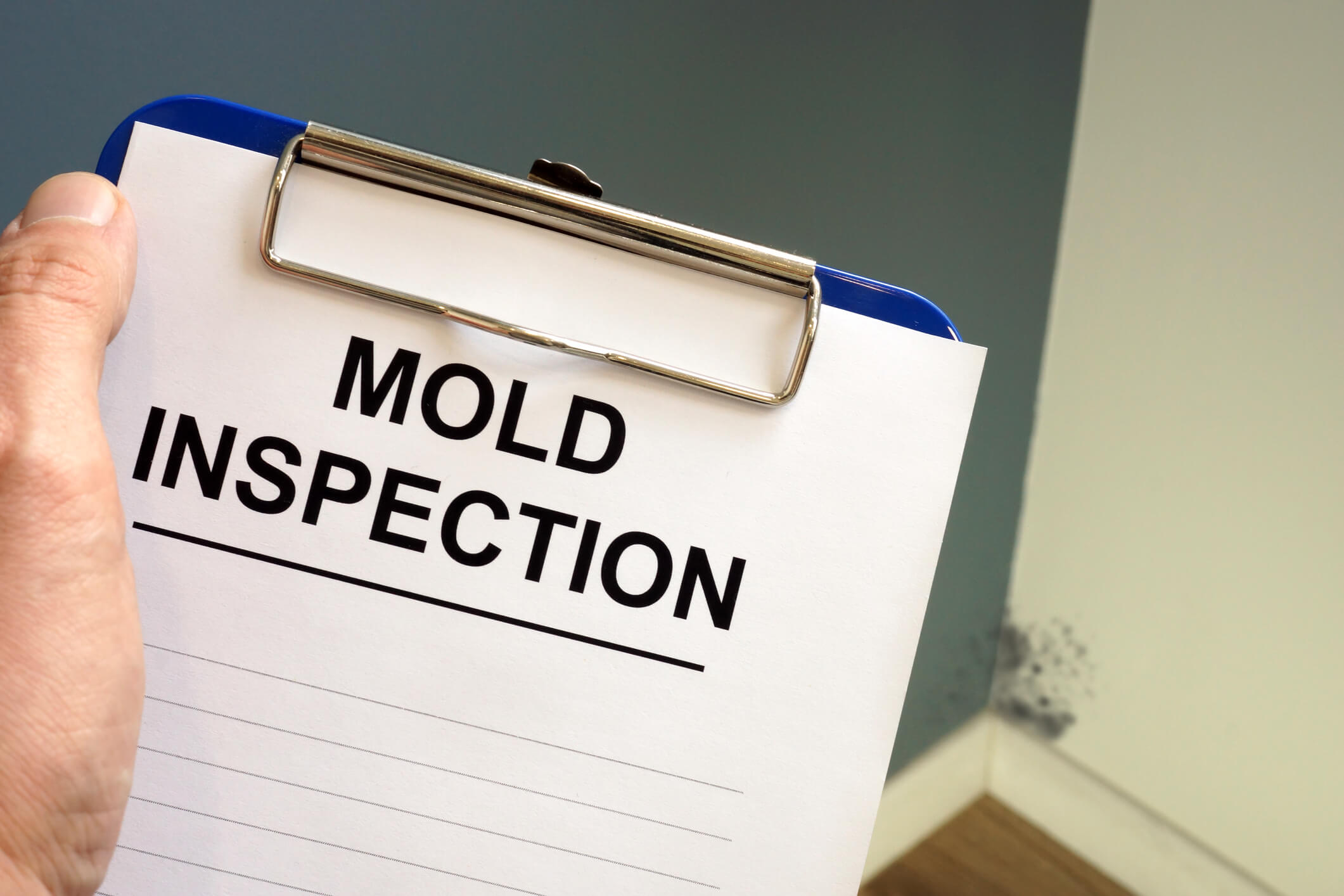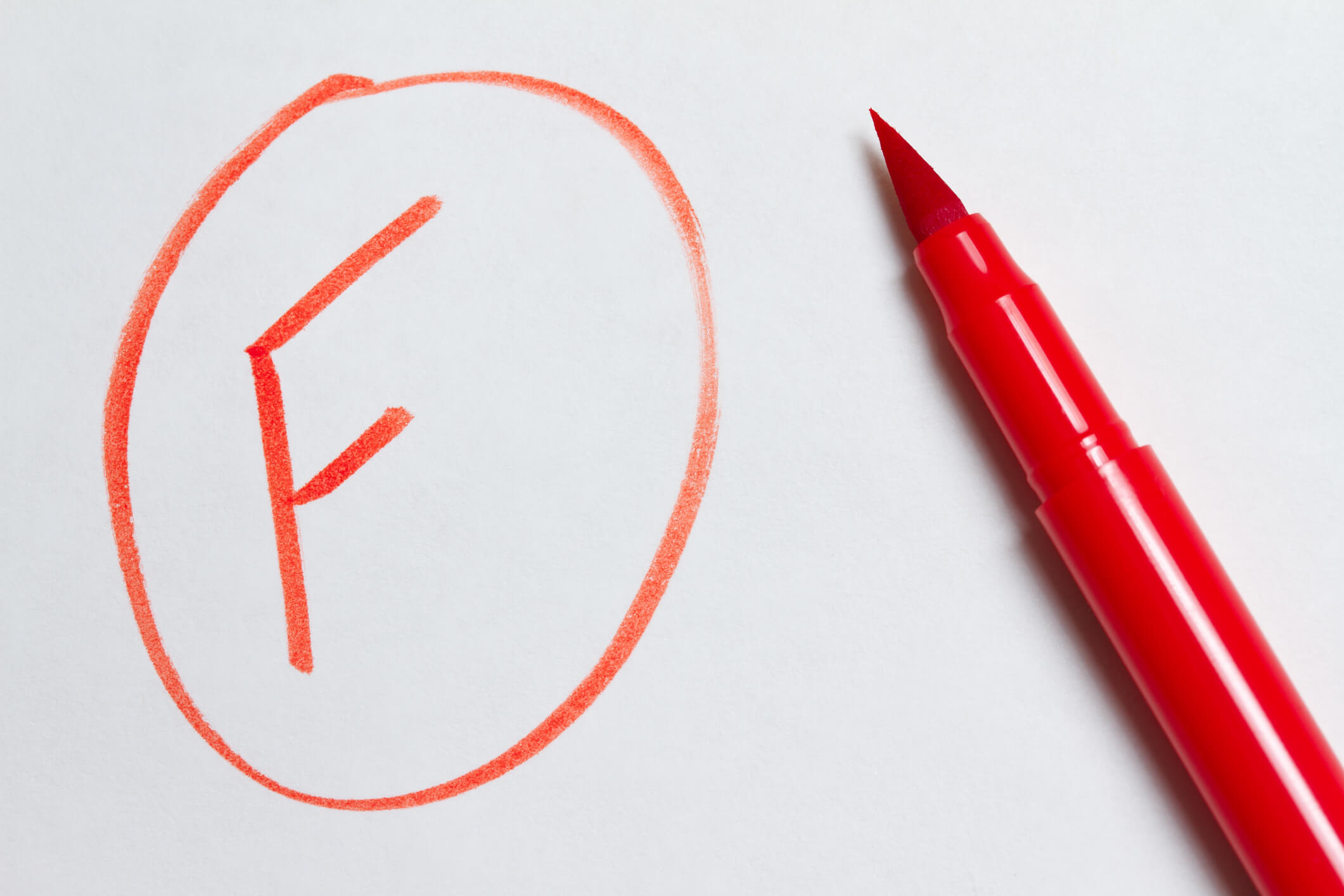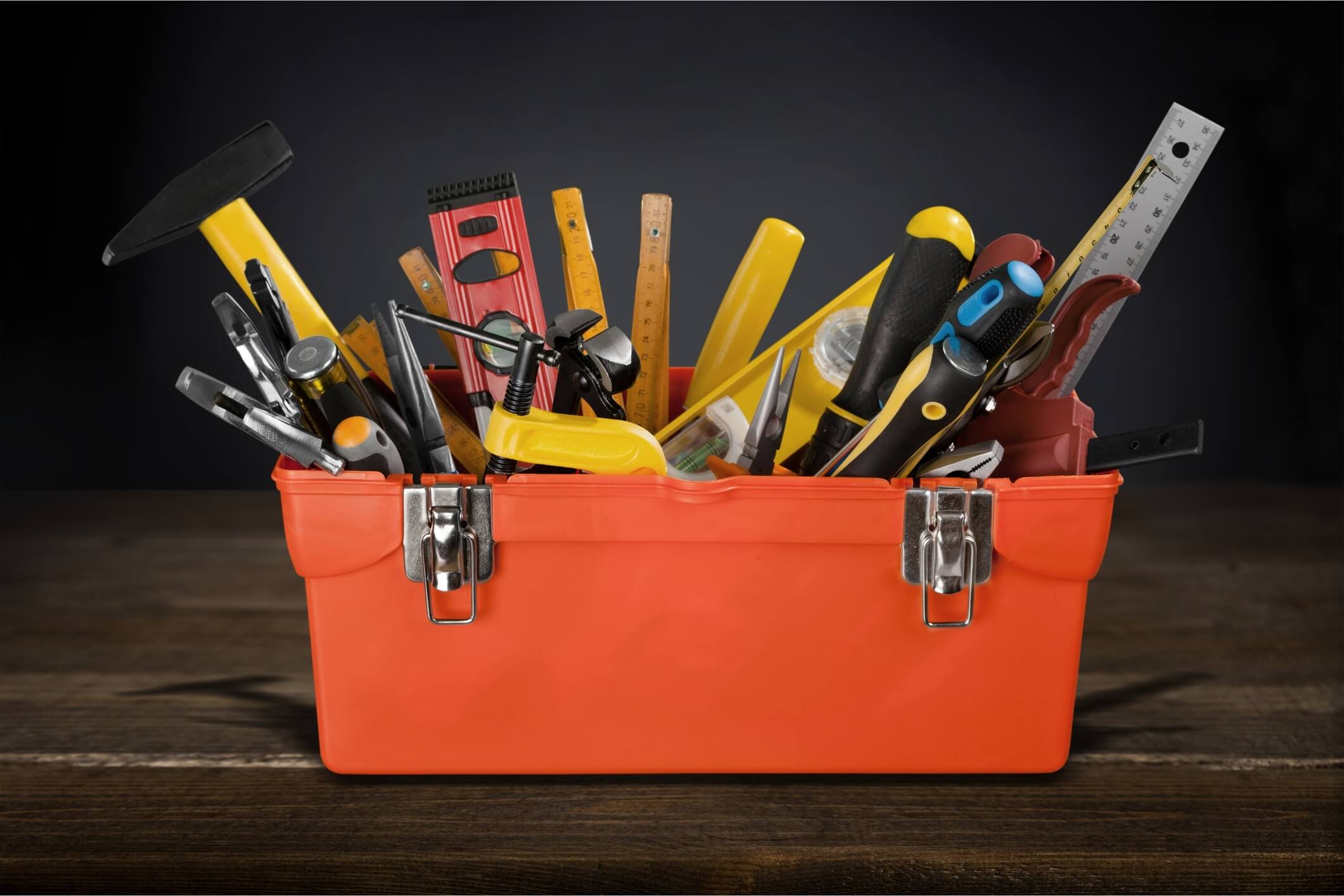No products in the cart.
Mold Resources
What Is The ERMI Mold Test?
The ERMI Mold Test is an often misused and misunderstood test that has risen in popularity over the years due to its ease of use and noninvasive sampling. The most important thing to consider with ERMI testing is that it should be used as a research tool.
Take a few minutes and watch my ERMI video below. I'll break down the pros and cons of the ERMI Test and when to use it.
So there you are. Just unassumingly living your best life. Running errands, taking the kids (or pets) to their appointments, going to work, and generally rocking out in the chaos that is everyday life. Then all of a sudden, indoor mold growth decides to pop up and cause mayhem in your home. Whether you noticed a musty smell or opened a cabinet and found a sneaky colony, you’ve joined the large number of individuals handling indoor mold.
That can be scary! With a general lack of discussion about mold in society, combined with a plethora of misinformation, you may be left scratching your head at what to do about the problem. How do you know how bad it is? Who do you call to ask questions? Is your family safe? And what the heck is an ERMI Mold Test?!

The key to a successful mold removal process is to first talk to a reputable consultant so you understand exactly what to expect during the inspection phase, obtain the right data, work with someone who understands that data and can put together a proper remediation plan, and finally start down the path of remediation.
While you’re initiating phase one research, you will more than likely stumble upon ERMI testing. Like most tools, this mold analysis can be helpful or useless depending on how it’s used. Kind of like those all-powerful abilities in superhero movies that can either be used for good or evil. Hence the importance of research so you know how to wield this tool properly!
Mold: A Tale of Two Parts
To wage a war against mold growth in your home, you first have to know what you’re battling.
Mold is a type of fungus and it’s unique in that it’s categorized as two things: the living and non-living parts.¹ The non-living portion is called a mold spore. Living mold releases these microscopic spores into the air similar to a dandelion puff releasing seeds.² With over 100,000 species of mold identified by researchers this far, it’s easiest to say that these invisible particles are everywhere: out in nature, inside your car, on your pet’s fur, and even in your home.
These particles then transition into the living organism that is mold when they find suitable places to spark their journey into the world of the living. Being the hardy little fungus it is, mold only needs four things to survive and thrive.³ The first three ingredients to living are easily found in abundance.
- Oxygen (mold requires very little)
- Food (it eats pretty much anything, from dust to drywall)
- (most species require 40-90 degrees Fahrenheit, but some can survive in the extremes)

The final ingredient for life is what will make or break a mold spore’s transition into a living organism: moisture. Only needing 24-48 hours of moisture, if a spore comes in contact with a slightly damp surface it can begin to grow.
The presence of mold in the natural world is crucial for the circle of life. The problem starts when this tenacious fungus begins to grow inside of your home, which can spark a long list of adverse health reactions in you and your family.
Mold’s Effect on Health
When a mold spore settles in and colonizes an area, it releases more and more spores into the air. When that’s in the great outdoors with plenty of open space, that’s no issue.

The problem arises when colonized mold pumps spores into the confined space of a home, like one of those awesome bubble blower machines. As we all know, those bubbles end up all throughout the air, land on every available surface, and can ride the air current wherever it may take them.
Similarly, colonized mold will pump a high number of spores into the air until it’s removed, which drastically decreases air quality and can result in spores opportunistically finding other wet and habitable areas inside the home. Which, starts the process all over again and makes the air situation even worse.
Now consider that the average human breathes in around 20,000 breaths a day. ⁴ Most of which are taken right inside your own home.
An indoor space that is now bogged down in mold spores and mold particles. That massive amount of foreign particles can wreak havoc on an immune system, and as a result, your health.⁵’⁶
Keep in mind, every individual’s experience with mold exposure can be different. Some are more prone to sensitivity based on genetics and predispositions.⁷ For instance, those with compromised or developing immune systems (like the elderly and children) are more susceptible to mold exposure symptoms. The quantity and species of mold can also play a role in how exposure can affect health. Some species of mold, for example, are inherently toxic. Others are capable of producing microscopic spores, called mycotoxins, which can also cause negative health reactions.⁸
The point is that when it comes to mold, it’s always best to air on the side of caution and remove it immediately and properly. You never know how it will affect your health. Eventually, everyone’s bodies will reach their toxic load limit, which can result in mildly irritating symptoms or more severe ones.
These can include:
- Coughing
- Sneezing
- Watery eyes
- Runny nose
- Chronic Fatigue
- Brain Fog
- Neurological Issues
- Digestive Problems
- Respiratory Issues

To avoid experiencing any of these, properly taking care of the environmental factors triggering the immune response is key, which may involve using testing methods like the ERMI.
The Low-down on the ERMI Mold Test
So now we know what mold is, but how to go about getting rid of it? The first step is to figure out exactly what’s going on inside your home, which involves testing and using things like the ERMI Mold Test. The best thing to do is hire a qualified mold inspector to come in and assess the living space. This process should take a few hours and cover the entire space. With how easily mold spores travel, you never know if you’re just dealing with that one moldy area or a couple of moldy problems.
The inspector you choose should use a variety of testing methods so that you can have an accurate snapshot of what’s in your home and the levels of contamination. That’s incredibly important for the remediation portion of the battle strategy and gives you a base level to compare to down the road!

Information you should expect to see should include:
- Quantities of mold
- Species of mold
- Bacteria Presence
- Mycotoxin Presence
- Potential Spore Presence in the HVAC
Sometimes, though, hiring a mold inspector isn’t within the financial budget and you’ll need to conduct some testing on your own. Cue the ERMI Test! It's important to note that ERMI Testing will not be able to tell you where the problems are, just that there are problems.
ERMI Testing
The method of ERMI testing has risen in popularity over the years due to its ease of use and noninvasive sampling. The Environmental Protection Agency developed this research tool in 2004 and called it the Environmental Relative Moldiness Index.⁹ They analyzed over 1,000 homes to help determine mold contamination in the home. This method takes a close look at the dust inside a space by examining mold-specific quantitative polymerase chain reaction (MSQPCR), a DNA-based testing method, to determine the species and concentrations of mold present. So far, they’ve indexed 36 species in their moldy database.
The idea is that comparing the moldy home to the other 1,000 homes tested at normal, non-moldy times will help quantify how much mold is present and which species. Sounds great, right? Well, it can be helpful, but it isn’t the end all, be all of mold removal.
If you haven’t watched my ERMI video above yet, now is a great time to take a quick reading break and take a look!
The thing to consider with ERMI testing is that it is a research tool for a reason. ¹⁰ The EPA even states so on their website and it should be used accordingly. This testing can help give an idea of what you’re dealing with, but it doesn’t touch on what the sources were that led to the mold problem in the first place and can give inaccurate data when used incorrectly.
First of all, fixing the source of mold growth is the number one step towards de-molding a home. If the source continues to cause livable conditions for mold spores, chances are the mold growth will just come back after you attempt to get rid of it. But, to fix the source, you have to know what it is first and that’s not always apparent. Plus, there could be multiple sources causing mold growth. Thorough testing and investigation can pinpoint these issues, but unfortunately, an ERMI test cannot.
Inaccurate data from an ERMI Test can come in a variety of forms.
ERMI Testing Flaws
ERMI Mold Test data is typically collected from a dust sample, usually by vacuuming a small portion of carpet and sending that in for analysis. The issue here is that it doesn’t cover other contaminants, it only assesses that specific area, it just tests those particular surfaces.
In short, it doesn’t provide the best overall picture of the state of the home. What exists in the air? What about contamination levels in other rooms? Were the conditions right for correct sampling? Are other harmful contaminants like mycotoxins present?
You can even get a low score on one of these tests (which is supposed to mean there’s not a mold problem), but actually have a mold problem elsewhere or have a particular mold species that causes you to continue experiencing symptoms.
In short, it can be used to aid in providing a picture of the state of the home, but it’s not perfect. That’s why it’s best used by a professional in conjunction with other forms of testing!

Usage
As you saw in the video, incorrect testing can come from incorrect usage. Mold spores can make their way into any area of the house. This versatile ability means that when you’re remediating and changing the airflow in the house, it will kick up these mold particles and send them spiraling everywhere.
That’s why if you or your remediation team uses ERMI testing to determine the success of a project, you need to use it correctly. That means before a project as a base and then 3-6 months later after continual cleaning to get rid of the stray contaminant particles that made their way into other portions of the home.
Again, fixing the sources will stop moldy growth opportunities, which is the biggest component of remediation. Removing the bulk of the contamination comes next, but it takes time to detail the rest of your home to finish getting rid of all those pesky particles. An ERMI test right after a remediation project will probably show a spike in mold because you just blasted up their nice little home and brought all the invisible aunts and uncles out of the woodwork around the rest of the indoor space! Those results might make you freak out and think the remediation failed when in fact, it did not.
When thinking of ERMI, just picture those “Use With Caution” warning labels so they act as a tool and not a hindrance on your journey towards better air quality.
As a side-note, this variability in use when it comes to ERMI testing is why it’s important to hire a qualified mold remediation team (if needed)! They should prioritize your health overall and understand how to properly remediate a space and assess testing results.

To ERMI Test Or Not To ERMI Test
Like anything these days, though, don’t just fall into the next “big thing” and make sure to look at the science. When it comes to ERMI testing, think of it as using a tool in the toolbox. Using it as intended can help provide pieces of the puzzle you need to see the overall picture of the mold problem in your home.
Dealing with mold can be daunting, but it doesn’t have to be! When in doubt, call an expert and ask them a million and one questions until you feel comfortable that you know how to tackle the problem. It’s important to get the solution right so that you and your family remain healthy and so that you can have peace of mind. Everyone deserves to live in a healthy and happy indoor environment.
Still Have Questions?
A member of our team is here to help! Click on “Get Started ➤” below to book a consultation with a member of the HOMECLEANSE team. We have a few quick questions that will help us put together a roadmap to solve or prevent all of your mold problems.
Two minutes of your time could lead to better health for you and your family.
- Environmental Protection Agency. (n.d.). Mold. EPA. Retrieved August 17, 2021, from https://www.epa.gov/mold.
- Centers for Disease Control and Prevention. (2020, August 11). Basic facts about mold and dampness. Centers for Disease Control and Prevention. Retrieved August 17, 2021, from https://www.cdc.gov/mold/faqs.htm.
- Lstiburek, J., Brennan, T., & Yost, N. (2002, January 15). Rr-0208: What you need to know about mold. Building Science Corporation. Retrieved August 18, 2021, from https://www.buildingscience.com/documents/reports/rr-0208-what-you-need-to-know-about-mold/view.
- Brown, A. (2014, April 28). How Many Breaths Do You Take Each Day? [web log]. Retrieved October 8, 2021, from How Many Breaths Do You Take Each Day?
- Bush, R. K., Portnoy, J. M., Saxon, A., Terr, A. I., & Wood, R. A. (2006). The medical effects of mold exposure. Journal of Allergy and Clinical Immunology, 117(2), 326-333
- Environmental and Occupational Health Assessment Program, & Environmental and Occupational Health Assessment Program, & Health Science Section, Mold Basics for Primary Care Clinicians (2009). Hartford, CT; Connecticut Department of Public Health. , H. S. S., Mold Basics for Primary Care Clinicians 1–10 (2009). Hartford, CT; Connecticut Department of Public Health.
- Curtis, L., Lieberman, A., Stark, M., Rea, W., & Vetter, M. (2004). Adverse health effects of indoor molds. Journal of Nutritional & Environmental Medicine, 14(3), 261-274.
- Kim, K. H., Kabir, E., & Kabir, S. (2015). A review on the human health impact of airborne particulate matter. Environment international, 74, 136-143
- World Health Organization. (n.d.). Mycotoxins. World Health Organization. Retrieved August 26, 2021, from https://www.who.int/news-room/fact-sheets/detail/mycotoxins.
- EPA. (n.d.). Environmental Relative Moldiness Index (ERMI). EPA. Retrieved October 21, 2021, from https://www.epa.gov/air-research/environmental-relative-moldiness-index-ermi.
- EPA. (n.d.). Should I test or sample for mold in my home using the Environmental Relative Moldiness Index, or ERMI? EPA. Retrieved October 21, 2021, from https://www.epa.gov/indoor-air-quality-iaq/should-i-test-or-sample-mold-my-home-using-environmental-relative-moldiness-0.
